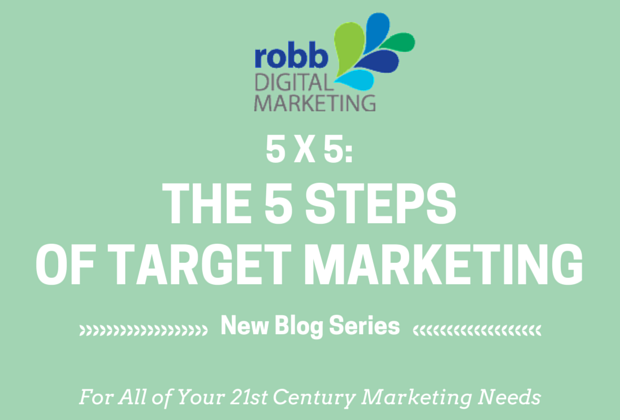If you’ve profiled your customers, then you might think you’re ready to start popping off targeted messages in their general direction. Hold that thought! There’s still a bit more work to do. A profile informs your targeting efforts, but it’s only one component. You have to think outside the box of your profile before you can get your targeting just right.
You’re familiar with mass marketing, so you probably realize that targeted marketing is something of the opposite. What you may not realize is that targeted marketing consists of five essential concepts: knowing who your customers are, knowing what they want, knowing what attracts them, knowing what medium to use to reach them, and knowing what to say to get the sale. Lo and behold, each of the following tips will address one of these points. Surprised? You shouldn’t be! So, let’s get started with 5 tips for targeting your customers.
1. Plumbing Your Profile
It’s not enough to have a customer profile. You have to know how to use it and one way to do that is to plumb your marketing against your profile. In this case, plumb refers to a plumb line—to make something straight and vertical against a horizontal surface. Your profile is the horizontal and your marketing is the vertical—if you aim correctly you’re going to hit your target. Is your message in alignment with who your profile says your customer is? Would your customer feel connected to your message? If you plumb your message with your profile, you are more likely to answer, “Yes!”
2. Check Your Records
In the past, people have responded to your marketing messages. They’ve come in for one thing and they’ve gone out with that and, hopefully, some other things as well. You can go back through your data and find what your customers originally wanted. If you’ve tracked the patterns, then you’ll know if this is a consistent desire. Use what you know to determine what your customers want from you, what keeps them coming back for more, and what it is that they really get out of getting what they want. The answers are in your data. If you haven’t found them yet, go back and look again.
3. Find Your Banana Factor
This isn’t just a lame joke about a-peel. What makes that lame joke so appealing is that there’s a gem of truth to it. A banana has a bright yellow peel—sunny and attractive. Inside is a relatively bland fruit that’s mostly good for a quick dose of potassium. So, what’s your sunny, attractive side? What “wrapping” can you use to attract the customers you want? For some, it’s high quality. Others love exceptional service. Chances are you’ve got something special that consistently appeals to your highly profitable customers. Don’t let your appeal be a joke.
4. Bottle The Message
Any message you might want to share can be made to fit within any medium you choose. Don’t limit yourself to the obvious. Hone in on what works. As you probably realized in the analysis stage, this is harder than it sounds. You send out a message, you get a response; but, you have multiple messages at work at any one time. The more targeted your message is, the better the response rate, but the fewer people you reach. Go back through your data if necessary. There’s a medium that works specifically for the people you’re trying to reach. Find it! Make the message fit the bottle.
5. Uncover The Context
Words can be flashy. Words can be subtle. Words can be smart or smooth or stylish or snazzy. You have a target customer with a targeted desire, a targeted appeal, and a targeted medium. So, you also have a targeted message. Now, you just need to figure out how to say it. You need to use the words that express your message in a way that fits the medium and the appeal and the desire in order to fit the customer. Go back to your profile and look at your frame—the keywords that give your customer context—and think of how those words can direct what words you use now. It’s there somewhere, but you might have to look for the clues hidden in the context.
You’ve come a long way and you’ve been putting the pieces together. By now, you’ve learned how to gather data, analyze it, build a profile from it, and target your customers. As close as you think you are to getting what you want by giving your profitable customers what they want, there’s one more lesson you won’t want to miss. I’ll give you a hint: Marketing that works is simply complex.
Read the previous blogs in this series:
5X5: 5 Tips for Profiling Your Customers
5X5: 5 Tips for Analyzing Customer Data


